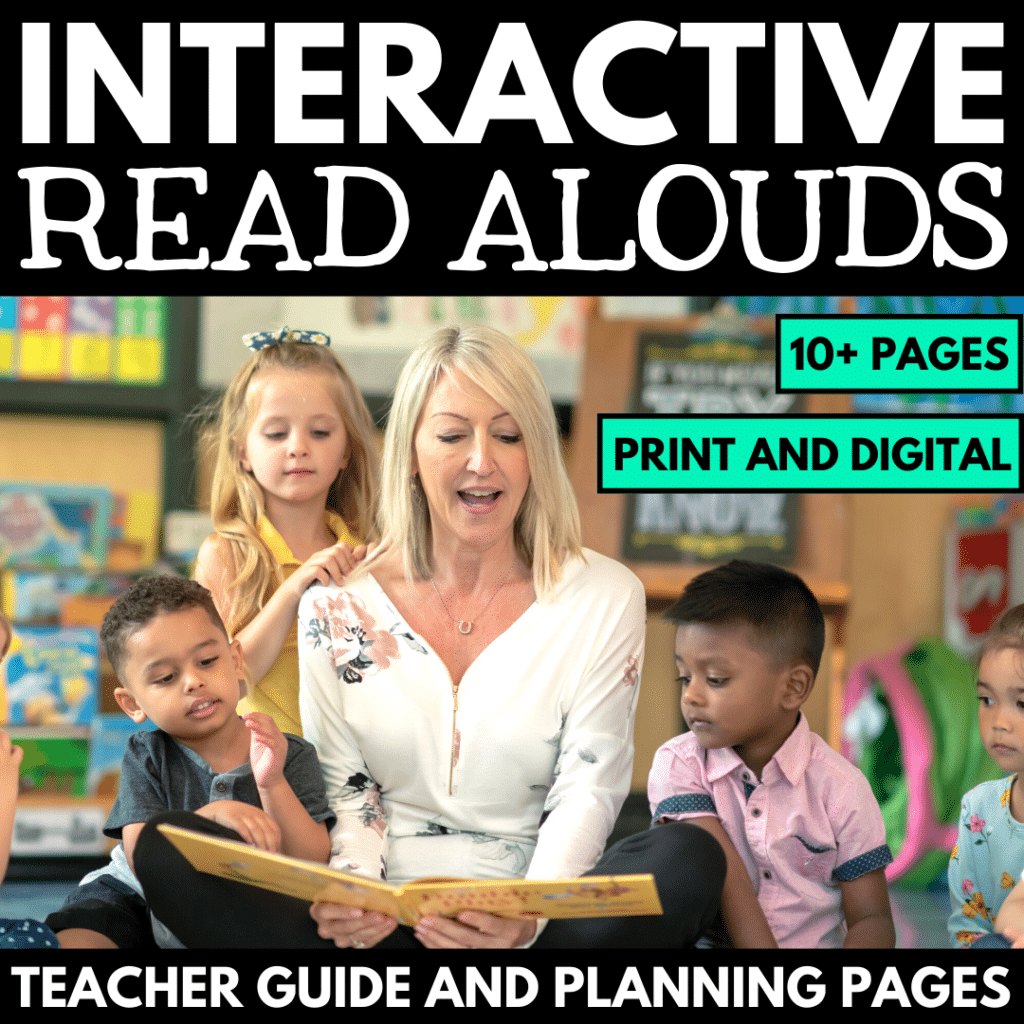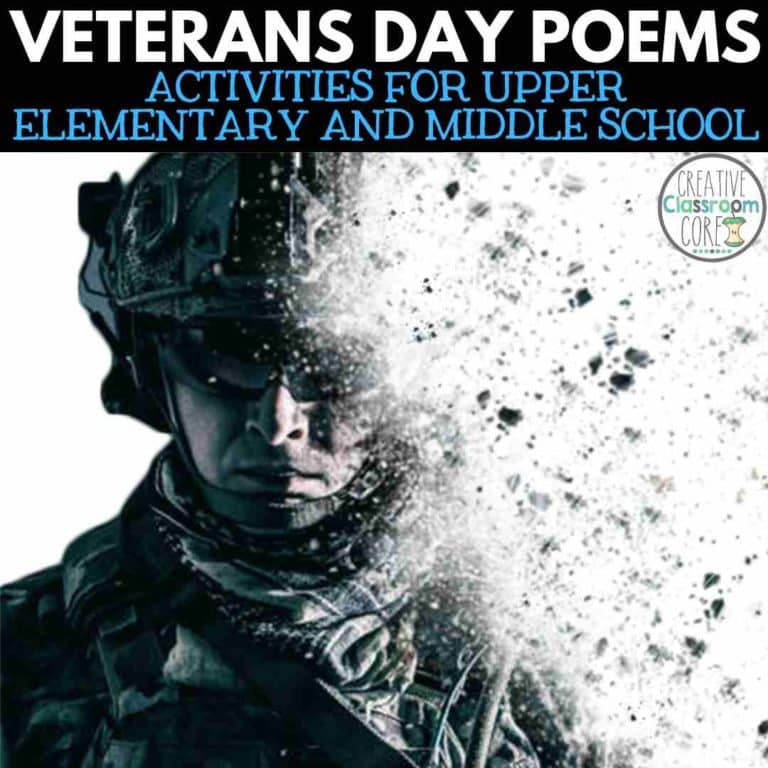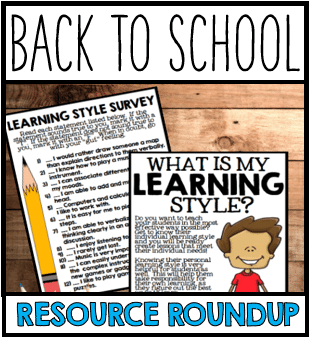Interactive Read Alouds: Planning Tips
By MARISSA DESPINS Updated March 15, 2024
Planning Interactive Read Alouds
Hello! I am back to talk to you all about planning your next Interactive Read Aloud! In my previous posts, I talked about what Interactive Read Alouds are, and benefits of working them in to your classroom routine.
Looking for some Interactive Read Aloud resources that you can use right away with your learners? Click on the link below to see all of the resources available for Interactive Read Alouds in my TPT shop!
How do I structure an Interactive Read Aloud?
Interactive Read Alouds go beyond the simple act of picking up a picture book and reading it aloud to your students. To truly harness their potential, each Interactive Read Aloud demands deliberate text selection and meticulous planning. By strategically structuring your before, during, and after reading questions, along with discussion points, focus skills, and any supplementary activities, you can maximize the benefits for your students.
Interactive Read Alouds – Step By Step
1)Read the book through several times.
This will provide you with an opportunity to delve deeply into the book, scrutinize its images, consider potential pause points or areas to emphasize, and formulate questions you might want to raise. Additionally, ensure that the chosen text has substantial substance – something with a robust central idea and compelling discussion points.
2) Decide on your focus skills.
What resonates most with you? Could it be a book that particularly invites visualization? Do you anticipate a strong connection between the text and your students? When making your choice, ensure to pinpoint skills that are viable for concentrated attention with your chosen text.

3) Determine vocabulary words you want to focus on.
What words stand out? Moreover, are there any words that might be unfamiliar to your students? Without a doubt, if the vocabulary proves too challenging for them to grasp, students will struggle to extract much from a read aloud. Nonetheless, it’s wise to opt for a text that slightly surpasses your students’ current reading level. After all, students often possess the ability to comprehend text at a more advanced level than they can read autonomously.
4)Plan out your before, during, and after reading questions.
What questions do you want kids to think about and discuss? Stick the questions on sticky notes throughout the book to help guide you.
5)Plan your after reading activities.
Can you brainstorm a fun activity to complement the story and reinforce the learning? Additionally, consider if a foldable, anchor chart, or writing prompt could seamlessly integrate with the narrative. Importantly, does your chosen activity align with your focus skills? In the example provided below, we honed in on character traits within The Bad Seed, and how the protagonist’s evolution unfolded from the opening to the conclusion. Students composed reflections on these changes and placed them under the flaps of the foldable.
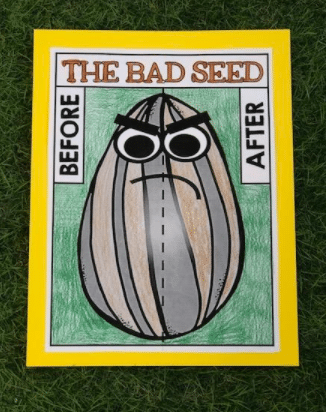
What skills should I focus on in my Interactive Read Aloud?
Given the multitude of skills that students should concentrate on during a read aloud, it’s advisable to narrow down your selection to a few that warrant intensive attention. Choose skills that you believe will harmonize effectively with your selected text
SUMMARIZING
-First / Next / Then / Last
-Timeline Summary
-Somebody / Wanted / But / So / Then
-Who / What / Where / When / Why
-Beginning / Middle / End

Determining Importance
-Top three events
Visualizing
-Mind map
-Illustrate a scene •
-Descriptive word list
Inferring
-Picture walk
Predicting
-Examining cover / title and making guesses about content
-Pausing on an illustration and predicting what will come next
Connecting
-Text to Text
-Self to Text
-Text to World
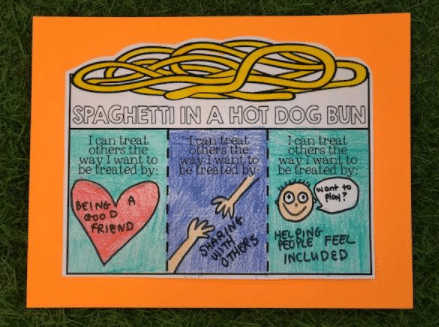
Questioning
-Students write questions on sticky notes while listening to story
CHARACTERS
-Round / Flat
-Static / Dynamic
-Changes over time
-Internal / External
SETTING
-Illustrate / describe
PLOT
-Plot diagram
-List key events
-Order events
I hope this information has inspired you to plan out some of your own Interactive Read Alouds! What are your favourite read aloud stories? Let me know if the comment section!
Looking for some FREE resources to help plan your next Interactive Read Aloud?
Click on the image below to download this FREE resource – it contains information all about Interactive Read Alouds, as well as some different planning templates to help get you started!
Interested in reading more about Interactive Read Alouds?
Check out some of the previous posts in my ongoing series on Interactive Read Alouds by clicking on the links below!
Interactive Read Alouds: What are they?
What are the benefits of using Interactive Read Alouds in your classroom?
Interested in signing up for my email list?
If you are interested in signing up for my email list, you can do so by clicking on the link below. I periodically send out emails with free resources, teaching tips, and exclusive deals. Signing up will also give you immediate access to some of my best selling Interactive Notebook resources – foldables, graphic organizers, and other fun activities.



